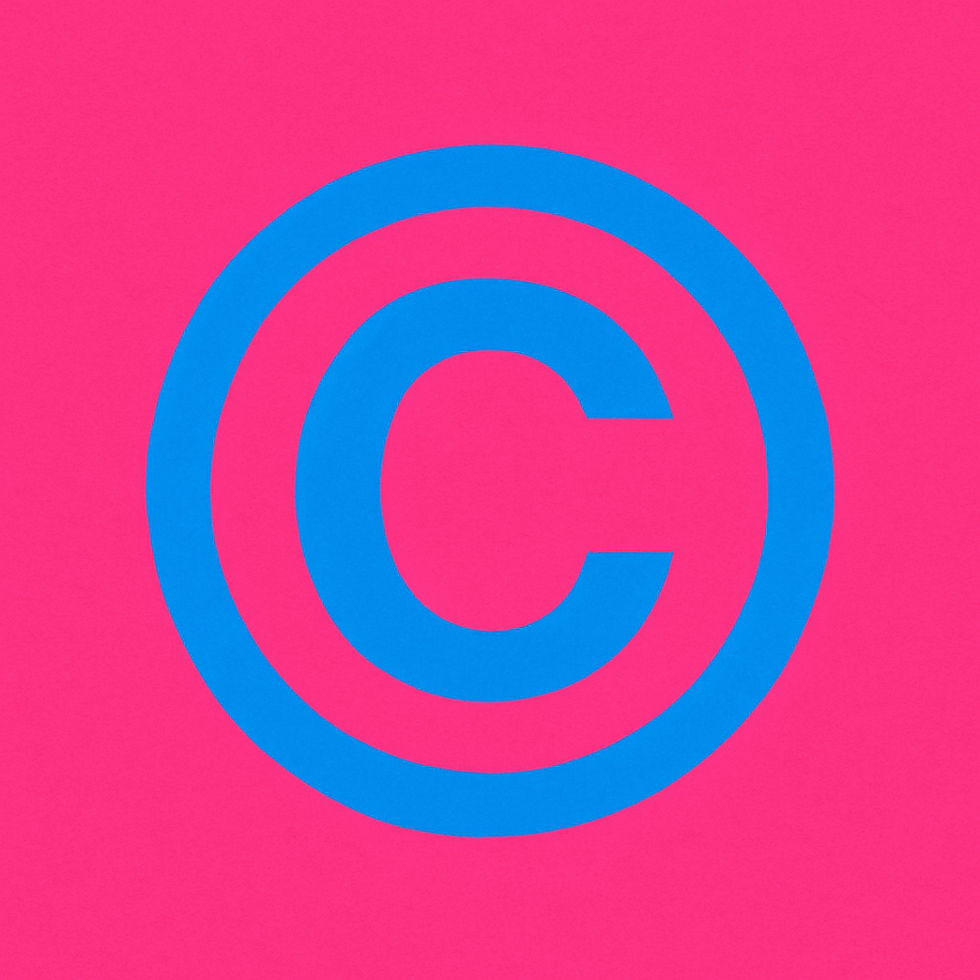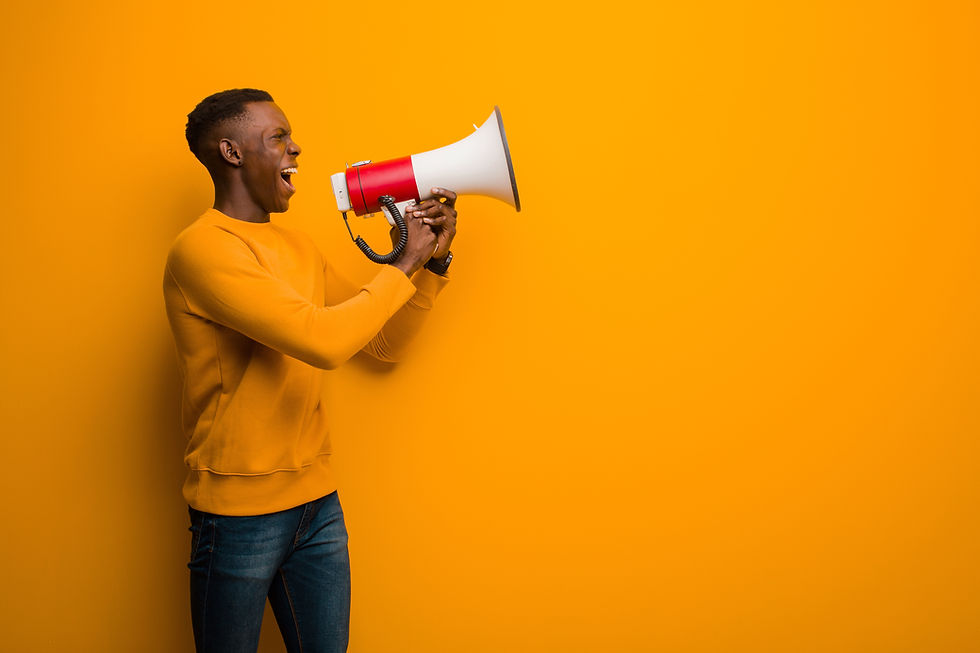What is a Copyright Mark, and When Should You Use it?
- Nicole R. Ferrera
- Aug 5, 2025
- 3 min read

Have you ever created a workbook, wrote a blog post, or designed a digital product and thought "Should I be protecting this?"
Copyright marks aren't only for lawyers or large corporations. They're for creators, entrepreneurs, consultants, and innovators who want to protect their work, set boundaries, and signal ownership with clarity and confidence.
What Is a Copyright Mark?
It’s a simple notice that tells the world: "This content is mine, and you don’t get to use it without permission."
A standard copyright mark includes:
The © symbol
The year the work was created or published
The name of the copyright holder (you or your company)
Example: © 2025 Nicole R. Ferrera. All rights reserved.
That’s it. No legal jargon required.
Why Should You Use a Copyright Mark?
Because ideas aren’t protectable, but your expression of them is.
The moment you create something original and tangible—a PDF, blog post, pitch deck, course video—it’s automatically protected by copyright law.
But adding a copyright mark makes that protection visible and enforceable. It sets the tone for how others are allowed to engage with your work.
Think of it like putting a fence around your yard. It won’t stop someone from jumping it—but it makes it clear they don’t belong there.
When and Where to Use a Copyright Mark
Use it on anything you create that you want to protect:
Digital products, workbooks, or templates
Presentations or slide decks
Website content, blog posts, and articles
Substack newsletters or lead magnets
Course materials, audio files, and video recordings
Custom frameworks, tools, or assessments
Social posts that are easily reused or copied
Where to put it:
At the bottom of documents (footer is ideal)
In video descriptions or intro/outro slides
On your website (usually in the footer)
In email newsletters or downloadable links
Embedded in metadata (for images, audio, video)
“All Rights Reserved” vs. “Some Rights Reserved”
You’ve probably seen these add-ons and wondered what they actually mean:
All Rights Reserved: You’re claiming full control. No one can copy, share, remix, or reuse your work without written permission.
Some Rights Reserved: You’re open to others sharing or using your content, usually with attribution. This often pairs with Creative Commons licenses.
If you're building community or thought leadership, "some rights reserved" can encourage sharing—strategically. Make sure you clarify what’s allowed.
Do You Have to Register a Copyright?
No. In the U.S., your work is protected the moment it's created and fixed in a tangible form.
But if you ever want to sue someone for infringement and seek damages, then yes—you’ll need to register it with the U.S. Copyright Office.
(For most creators, a visible copyright notice is enough unless your content is high-stakes IP.)
Ready-to-Use Copyright Footer Examples
For professional documents:
© 2025 Nicole R. Ferrera. All rights reserved. No part of this document may be reproduced or distributed without permission.
For branded collaborations:
© 2025 Superwoman Society and Nicole R. Ferrera. All rights reserved.
For community-shared content:
© 2025 Nicole R. Ferrera. Some rights reserved. You may share this with attribution and without modification.
Copyright Usage Cheat Sheet:
Situation | Use a Copyright Mark? | Add “All Rights Reserved"? |
Publishing a blog post | Yes | Optional |
Creating a digital product | Yes | Recommended |
Recording a course | Yes | Recommended |
Sharing a free resource | Yes | Optional ("Some rights reserved" may be better) |
In a world where AI is scraping, content is copy-pasted, and everyone's building "inspiration decks" from your original work, clear boundaries are a form of self-respect.
A copyright mark says: "I built this. Respect it."



Comments